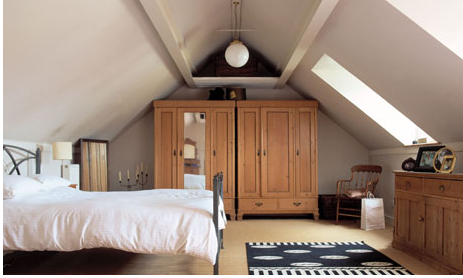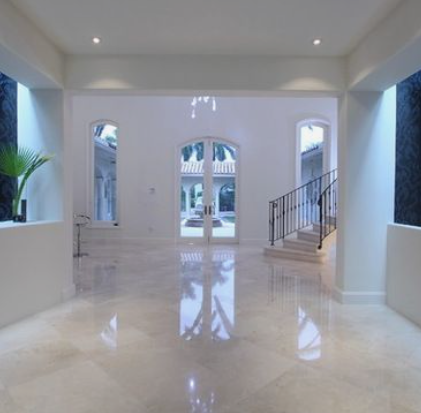The decorative feature of wall panelling is also known as wall moulding. Wall panelling, which dates back hundreds of years and is often associated with historical properties, has made a big comeback.
This decorative feature works well in both traditional and contemporary homes. This is a very affordable DIY project.
Where can you use panelling in your home?
You can use DIY panelling in any room of the house. Not only can you use it on walls, but also for doors. This new trend is everywhere. From decorative door panels to a headboard panelled behind the bed, it can be found anywhere. Panelling is a great way to create a feature or decorative border along the hallway or staircase. For a Timber Merchants Portsmouth, visit www.timbco.co.uk/timber-merchants-portsmouth/
Wall panels add warmth, depth, and character to any wall or door. The 3D texture is also very easy to apply and a great alternative for wallpaper. Although the panels are relatively inexpensive, they create a three-dimensional effect that looks expensive. Wall panels are always in style, unlike wallpapers. They add instant depth to smaller spaces. They can transform doors instantly, making them look more detailed and expensive than the original.
How do I create wall panels?
Homeowners only require a few things to make DIY panels. These include a spirit-level, adhesive, mouldings or wooden battens, interior paint and, depending on the design you choose, MDF sheets. The items are relatively inexpensive, so you can transform an entire area without breaking the bank.
Use a notebook first to sketch your ideas. It is important to have a clear vision of how you want your panel walls to look. You will be able to stick to your plan and ensure that the idea you have will work in the space.
To ensure accuracy, it is important to measure slowly. Double check your measurements for a perfect fit. Walls can be uneven.
Next, the panels need to be cut. MDF is easy to cut by yourself. If necessary, sand any edges or ends. Always wear a mask of good quality when you are cutting or sanding MDF.
Then, you can start working on the walls. Sandpaper will be enough to remove any bumps or lumps from your walls if they are slightly uneven. If the wall is rough, an electric sander might be needed.
After the smooth surface is achieved, you can add frames and base panels to your wall. To ensure that the panel is level, use a laser or spirit level. Apply adhesive to the backs of the panels. Once satisfied, attach them to the wall. Be sure to press the panels down firmly, and let them dry completely. You can fix wall panelling using screws or nails.


